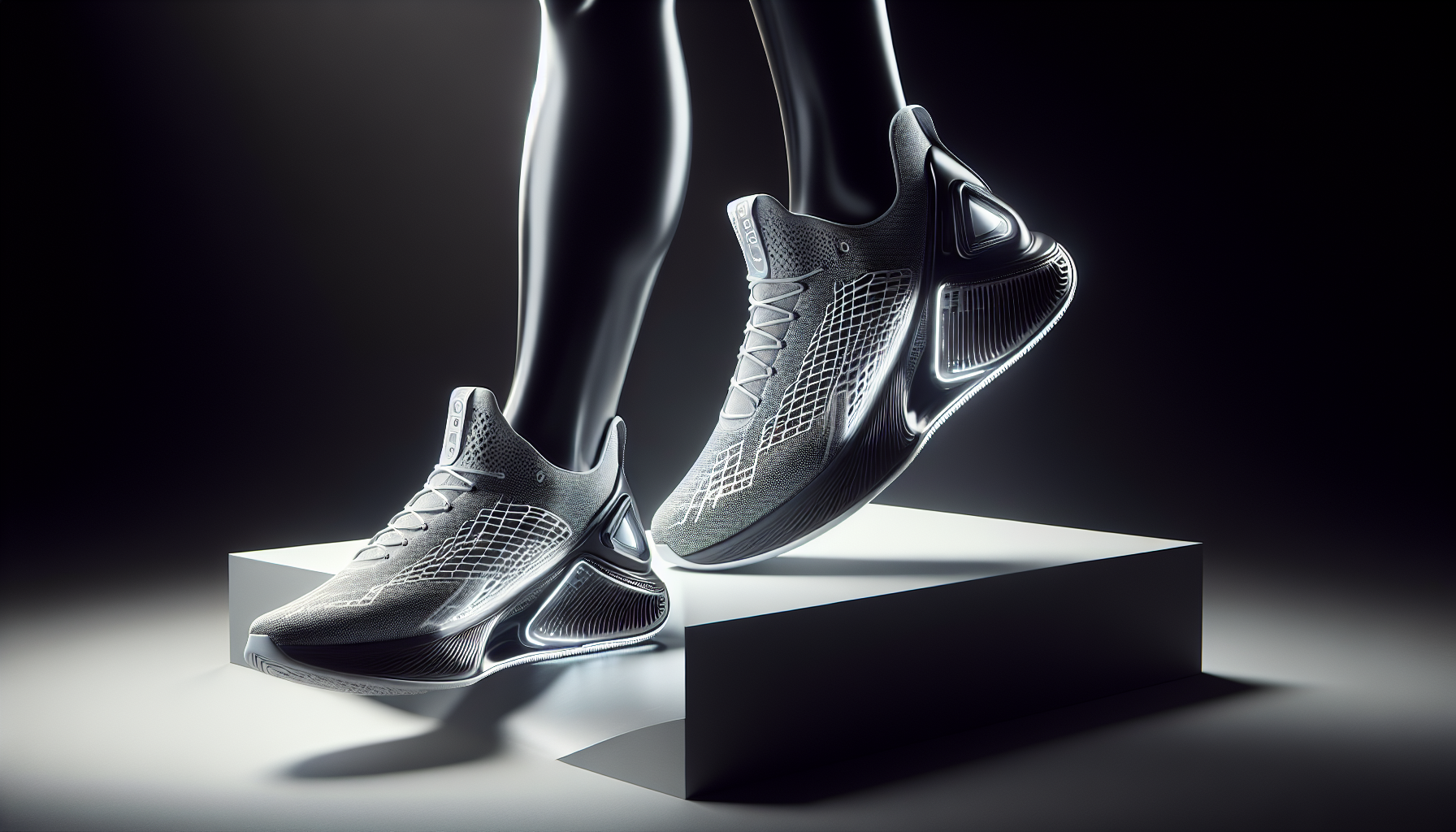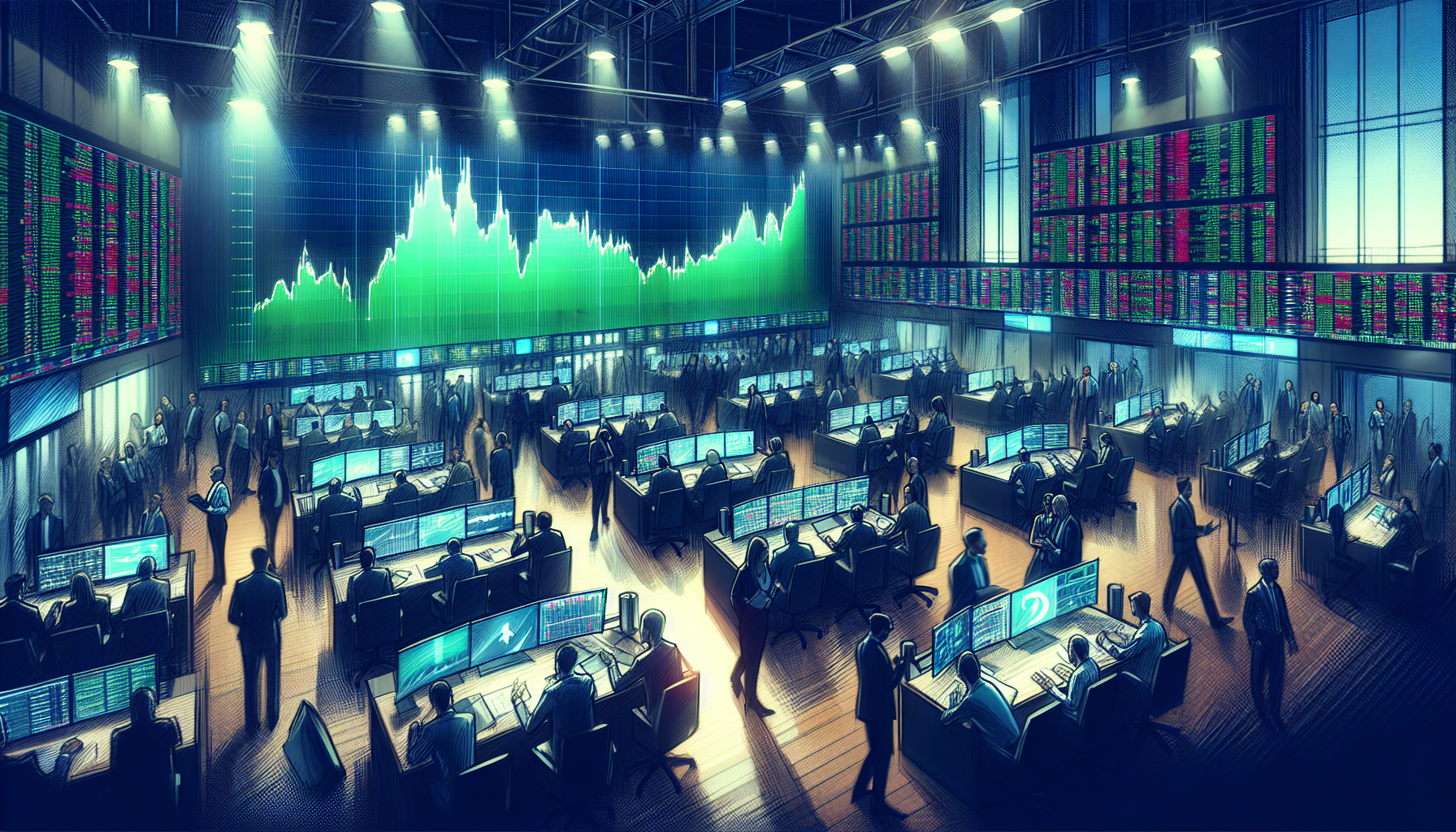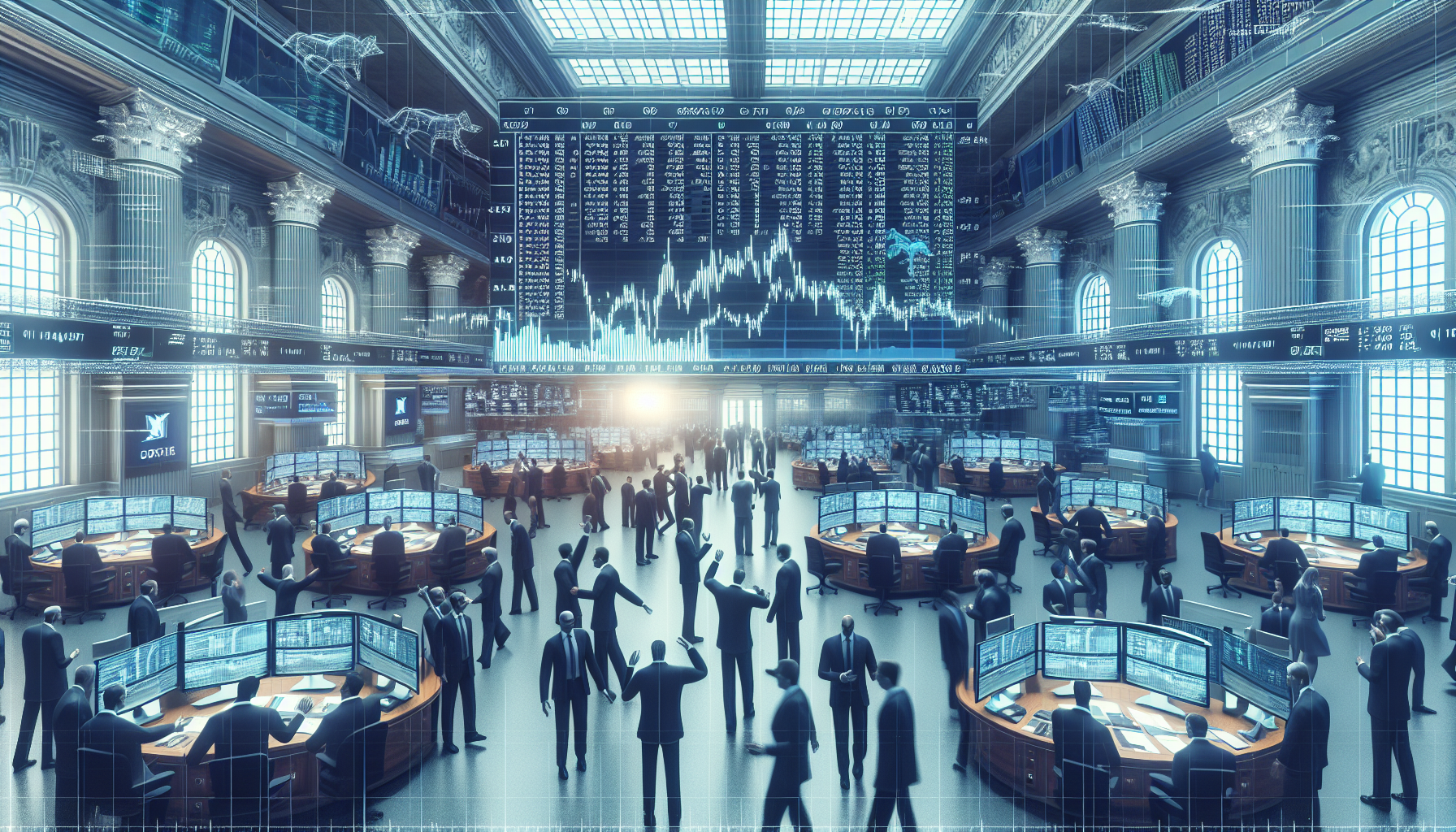Puma Unveils AI-Designed Sneakers: Sparking Debate on the Future of Fashion Creativity
In a groundbreaking move that’s both exciting and thought-provoking, German sportswear giant Puma has recently launched a line of sneakers designed by artificial intelligence (AI). This innovative step has opened up discussions on the role of AI in fashion, creativity, and the future of design.
The Intersection of AI and Fashion Design
The AI-designed sneakers have captured the attention of fashion lovers and tech enthusiasts alike. With the ability to analyze trends and design preferences, AI can produce unique designs that reflect consumer demand. But, with this technological advancement comes a heated debate: Can AI truly create art, or does it lack the essential spark of creativity that human designers possess?
AI design tools utilize algorithms and data from various sources to generate designs. They take into account not just current styles, but also predictive modeling to anticipate future trends. For example, Puma’s AI reportedly has been fed extensive datasets capturing fashion trends, historical data, and consumer behavior patterns, all to create a sneaker that resonates with buyers.
Why AI in Fashion? The Benefits of Automation
- Enhanced Productivity: By using AI to automate parts of the design process, brands can speed up production times, allowing them to launch new products more swiftly.
- Cost Efficiency: AI design can reduce costs associated with sampling and prototyping, potentially making fashion more affordable.
- Personalization: AI can analyze consumer preferences in real time, leading to personalized designs that cater to individual tastes.
While the potential benefits sound enticing, it’s important to consider the implications of AI in the creative field. Will traditional designers find themselves overshadowed by machines? Or can a collaboration between AI and human talent lead to an era of unprecedented creativity?
The Human Touch: Are We Losing It?
As Puma embraces AI, voices from the fashion industry echo the sentiment that no machine can replicate the emotional depth and storytelling behind human-created designs. Some worry that the essence of fashion may be compromised when creativity becomes a numbers game dominated by algorithms.
The debate intensifies with the question: What role should human judgment play in this new landscape? Designers, like New York-based fashionista Anna Wintour, believe the heart of fashion lies in personal expression, cultural commentary, and the human experience—elements that cannot be quantified.
The Road Ahead: Embracing Technology with Caution
As AI continues to evolve, so will its application in fashion and other creative industries. It’s crucial for brands, like Puma, and designers to find a balance, embracing new technologies while safeguarding the artistry that makes fashion unique.
Personal expression and cultural relevance still hold significant weight in style aesthetics. Merging AI’s analytics with human creativity could lead to marvelous, innovative designs that appeal to an even broader audience.
In Conclusion: The Future is Here
Puma’s AI-designed sneakers have set the stage for an exciting junction between technology and creativity in fashion. Whether this marks the beginning of a new era or a flash in the pan remains to be seen, but one thing is certain: the conversation about AI’s role in creativity is just heating up.
In my opinion, the integration of AI in fashion has the potential to be a force for good, provided we remain grounded in what makes fashion more than just silhouettes and fabrics. After all, it’s the stories we wear that define us.






